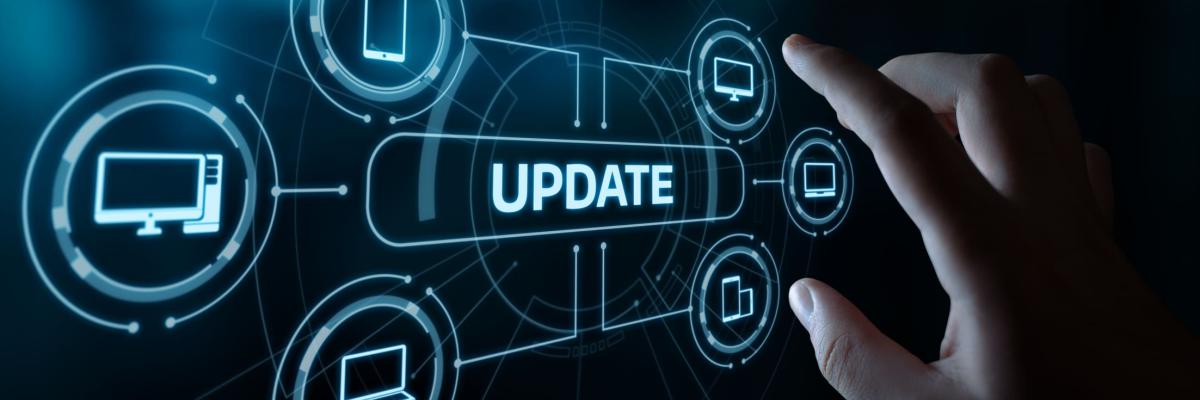
If you're still running your website on Drupal 7 or 8, you're not alone — but you are running out of time. Both versions are now past their end-of-life or in extended support phases, and the longer you wait to upgrade, the more risk (and cost) you incur.
In this article, we’ll walk through why upgrading to Drupal 10 is not just recommended, but critical — and what can go wrong if you delay. We’ll also share what a successful migration looks like and how Cool Fire helps organizations make the move smoothly.
What Does End-of-Life Really Mean?
When a Drupal version reaches end-of-life, it no longer receives community support, security updates, or performance improvements. Drupal 8 reached EOL in November 2021, and Drupal 7 is in extended support with a sunset date looming.
That means you’re on your own when it comes to bugs, vulnerabilities, and compatibility issues — which can quickly lead to serious security and stability problems.
Why Migration Matters Now
Delaying migration can result in:
- Security risks grow every month without updates or patches
- Modern modules are no longer supported for Drupal 7 or 8
- Hiring developers for legacy systems becomes harder and more expensive
- Performance, accessibility, and SEO standards have evolved
- Waiting increases the time and cost of migration later
Benefits of Upgrading to Drupal 10
Drupal 10 isn’t just newer — it’s better. Benefits include:
- Cleaner, more modern codebase with Symfony 6
- Improved performance and caching
- Enhanced editorial experience (CKEditor 5, Layout Builder)
- Better support for accessibility and mobile UX
- Future-proof foundation for ongoing support and innovation
What Happens If You Don’t Migrate?
The longer you wait, the more your site becomes a liability. You’ll likely face increasing costs just to keep things running, while slowly losing compatibility with new technologies, integrations, and SEO best practices. Security vulnerabilities become harder to patch, and downtime becomes more likely — especially after hosting and third-party services phase out support.
Our Drupal Migration Process
Cool Fire helps you transition to Drupal 10 with minimal disruption and maximum clarity. We map your current functionality, content, and integrations to create a tailored migration plan.
Our process includes:
- Initial discovery and migration assessment
- Content and configuration inventory
- Module mapping and custom code refactoring
- Design migration or theming upgrade
- Testing and QA for functionality and performance
- Launch support and post-migration review
How We Minimize Downtime and Risk
We don’t treat migration as a simple copy-paste job. Every upgrade is an opportunity to audit your current setup, clean up technical debt, and refine what’s no longer serving your users. We take the time to identify what needs to change, what can be streamlined, and what can be improved—so your new platform isn’t just current, it’s better.
To protect your data and brand integrity, we use full backups, create dedicated staging environments, and follow a structured migration path with detailed QA at every phase. This ensures that your team can review changes before anything goes live, and that your users experience a seamless transition without disruption or downtime. It’s a thoughtful process designed to support continuity, reduce surprises, and future-proof your platform.
When to Start (Hint: Now)
Migration timelines vary depending on your platform size and complexity. Starting now gives you the space to plan properly, avoid emergencies, and take advantage of performance upgrades at the same time.
If you wait until something breaks, you’ll be migrating under pressure — and that always costs more.
Reach out today to schedule a Drupal migration assessment and get ahead of the curve.